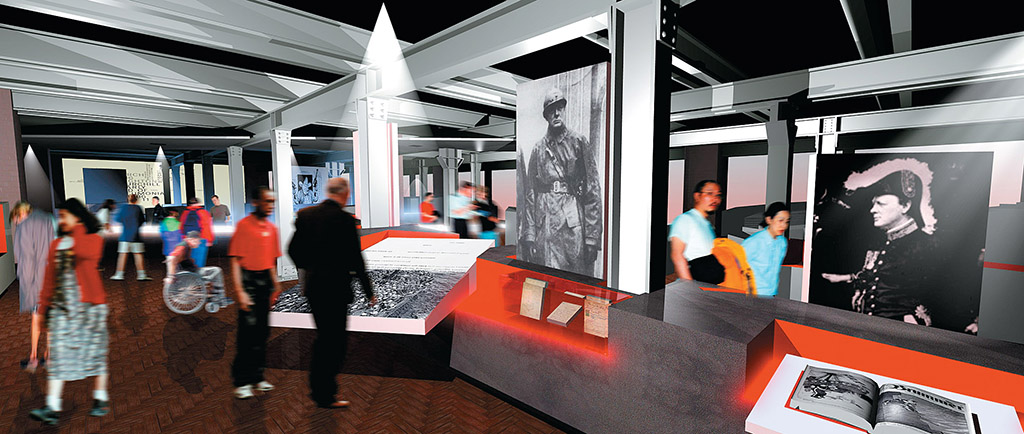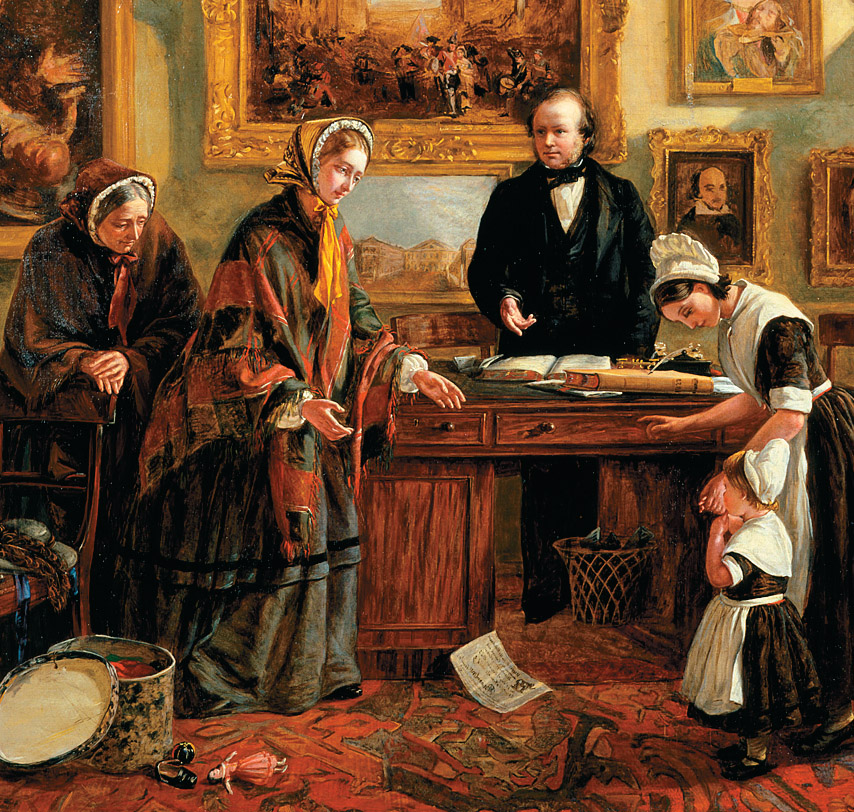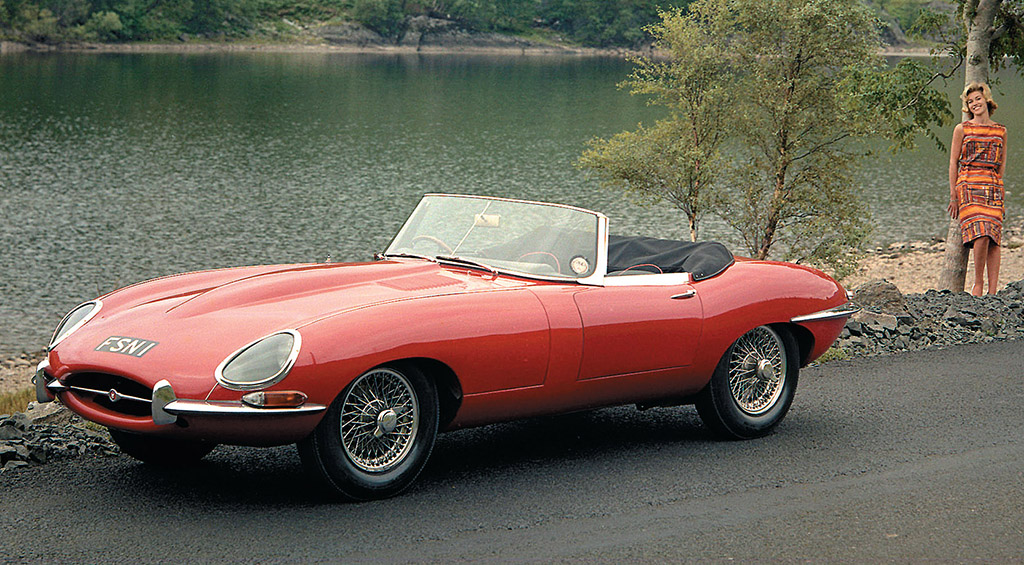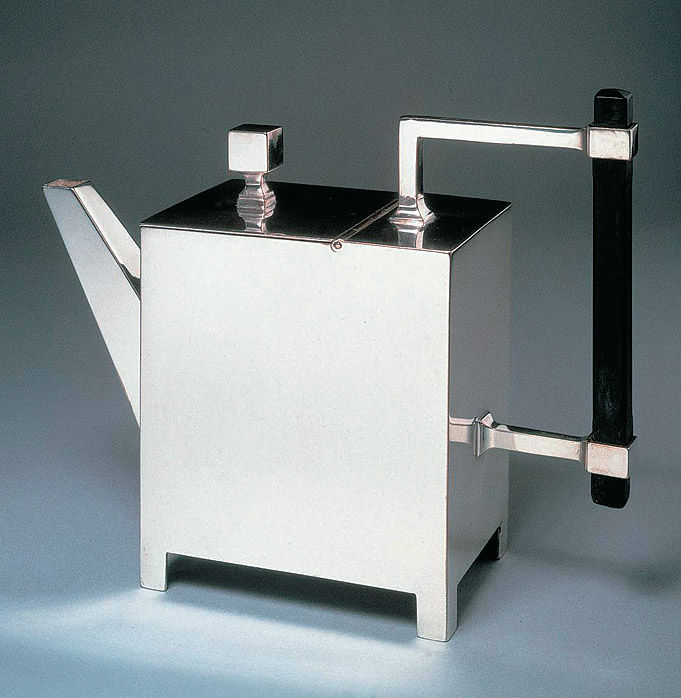
places to see, things to do, and the latest on travel
[caption id="TheGamesafoot_img1" align="aligncenter" width="1024"]

CHURCHILL MUSEUM
[caption id="TheGamesafoot_img2" align="aligncenter" width="854"]

CORAM FAMILY/FOUNDLING MUSEUM
NEW CHURCHILL MUSEUM
In February 2005, the first major museum devoted to the life and times of Winston Churchill is slated to open in the Imperial War Museum’s Cabinet War Rooms. Using items from the museum and the Churchill Archives Centre at Churchill College, Cambridge, the Churchill Museum will introduce visitors to the private man and trace his development into a world leader. The opening will mark the 40th anniversary of the prime minister’s death and the culmination of the expansion of the Cabinet War Rooms to incorporate all the underground rooms used during the war, including Mrs. Churchill’s bedroom and the couple’s dining room.
“This is the room from which I will direct the war,” Prime Minister Churchill announced when he first toured the Cabinet Room, carved from storage space 10 feet underground in anticipation of German air raids over London. That room, plus subterranean rooms for maps, transatlantic telephone calls, food preparation, dining and sleeping, make up the Imperial War Museum’s once-secret Cabinet War Rooms at Clive Steps, King Charles Street, London. The Cabinet War Rooms are open daily except December 24-26. Admission: £7.50. Phone: 020 7930 6961. E-mail: [email protected]. Web: www.iwm.org.uk.
VIRGIN ATLANTIC‘S FALL FARE DEALS
Virgin Atlantic Airways wants to fly you to the U .K. and Ireland for less this fall. Much less. Fares start at $348 from New York to London, and there are bargains to and from other cities as well. Fly to London from Boston for $361, or from Miami to Dublin for $758. These are round-trip fares. They don’t, however, include those annoying taxes and fees, so figure on spending a little more to cross the puddle. Web: www.virgin-atlantic.com.
FOUNDLING MUSEUM
More than 27,000 children passed through London’s Foundling Hospital between 1739 and 1953, when it closed its doors. A new museum is located nearby, in the building that was London’s first public art gallery and also served as Britain’s first home for abandoned children. Using photographs, uniforms and mementos that mothers brought in with their babies, this museum commemorates the little ones who passed through its doors. Not all children were accepted, and the museum’s displays explain the lottery system used to choose who could stay and who had to go. Interiors preserved from the original building include the Court Room, with its superb rococo plasterwork, where the hospital’s governors met. The hospital’s art collection, also on display, includes 18th-century paintings by Thomas Gainsborough, Sir Joshua Reynolds and William Hogarth. Hogarth was a founder of the institution, along with philanthropist Thomas Coram and composer George Frederick Handel. One of the rooms is devoted to Handel and contains artifacts and a copy of his famous oratorio Messiah, which was performed annually at the Foundling Hospital to raise funds for the institution. The museum is in Bloomsbury at 40 Brunswick Square, near the Russell Square Underground station. Open: daily except Mondays. Admission: £5, free for children. Phone: 020 7841 3600. Web: www.foundlingmuseum.org.uk.
[caption id="TheGamesafoot_img3" align="aligncenter" width="1024"]

[caption id="TheGamesafoot_img4" align="aligncenter" width="681"]

LIGHTHOUSES ON THE WEB
A new Web site&msash;www.lighthousevisits.co.uk&msash;helps lighthouse fanciers find great examples to visit, including eight lighthouse cottages available for lodging. You’re guaranteed an ocean view. If you’re of a mind to get away from it all, some of these are quite remote. The Web site includes the history and technical specifications of each lighthouse and information on opening times and admission. There are photos, too. For more information: Phone: 013 8 6 701177. E-mail: info@rural retreats.co.uk. Web: www.rural retreats.co. uk.
TALE OF THE CAT
The Design Museum celebrates the sinuous E-Type Jaguar with “The Story of a British Sports Car,” through November 28. Designed by aerodynamicist engineer Malcolm Sayer and chief engineer William Haynes, the E-type, known as the XKE in the United States, caught the world’s attention when it was unveiled at the 1961 Geneva Motor Show. Sayer and Haynes translated the 1950s Jaguar racing cars into the sexy, lowslung cars that captured the glamour and dynamism of Britain in the 1960s, a time when Brits led the Western world in fashion and pop music. The exhibition traces the E-Type’s evolution from the XK120 of 1948 through the C- and D-Type racers that won the Le Mans 24-hour races five times in the 1950s. It includes memorabilia as well as rare cars from the Jaguar Daimler Heritage Trust. The Design Museum is located at the Tower Bridge, London. Admission: £6. Phone: 0870 833 9955. E-mail: [email protected]. Web: www.designmuseum.org.
CHRISTOPHER DRESSER: VICTORIAN DESIGN
Considered the first independent industrial designer, Christopher Dresser created elegant, fluid shapes in glass, pottery, metal, textiles, furniture and wallpaper for manufacturers such as Wedgwood and Minton & Company. His work is on display at South Kensington’s Victoria and Albert Museum September 9 through December 5. Born in Glasgow in 1834, Dresser began his career as a botanist before turning to design. Many of his designs look freshly contemporary; others show ornate detail more closely associated with his times.
The V&A is on Cromwell Rd., South Kensington, London. Open: daily. Admission: free to the V&A; exhibition admission is £6. Phone: 020 7942 2000. Web: www.vam.ac.uk.





Comments